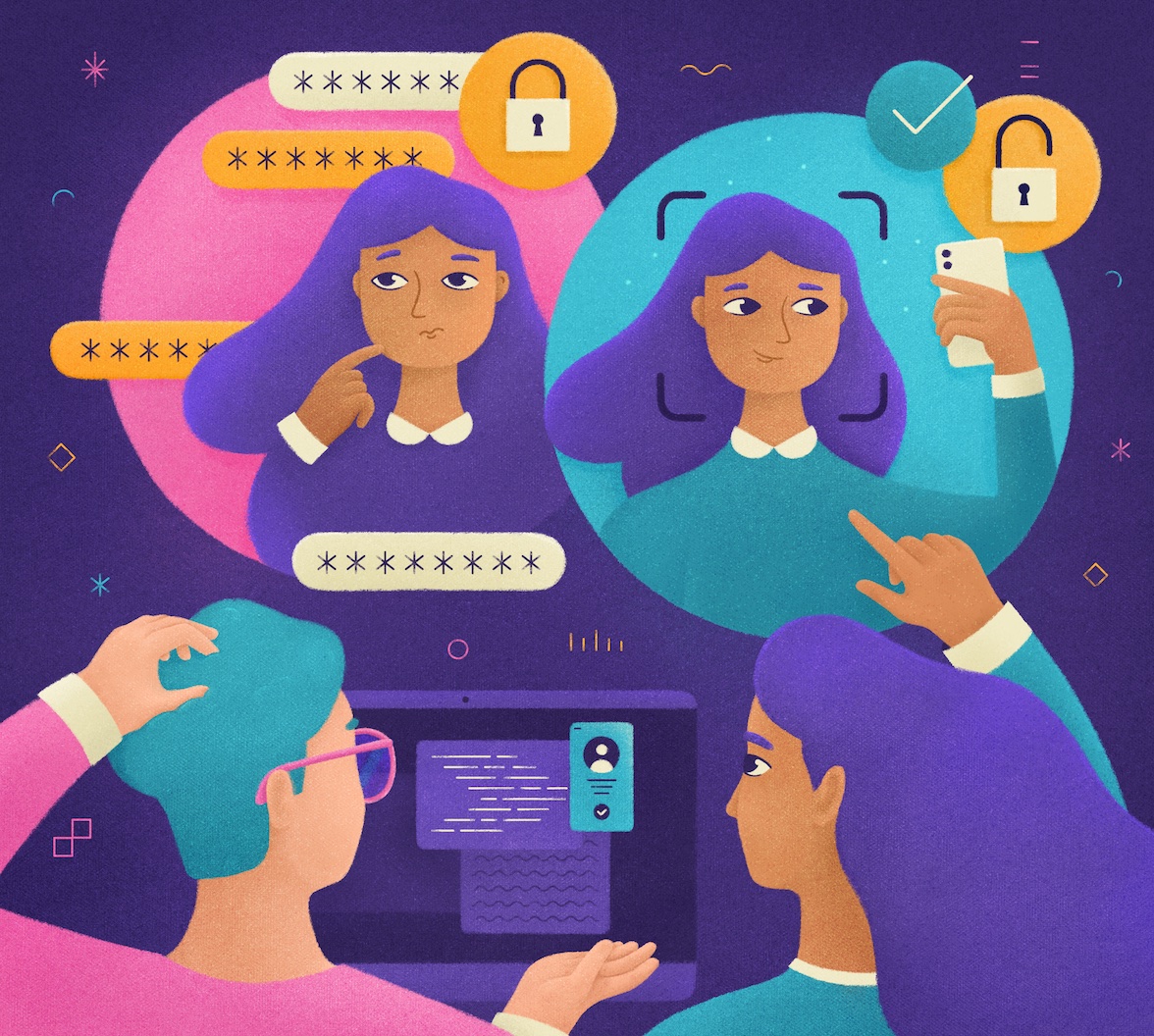Social Login has become a login method across numerous regions, ages, and community types. Globally, we are connected through social media, and leveraging social login allows us to fortify those connections through a seamless and secure login. However, many everyday people don’t understand how social login or social connections work or, more importantly, if social login is a safe way to log in or sign up.
Social login uses existing social media accounts, such as Google, Facebook, X (Formerly Twitter), Apple, and Microsoft, to sign in or go up for websites. It reduces the cognitive load of users remembering another username and password or, worse… reusing a password 😱 over 70% of general users do. Over thousands of our customers have integrated Social Login in their authentication flow. Social login offers the following.
- Frictionless and rapid method for users to sign up/log in via a 1-click solution
- Implementing social login significantly increases the conversion rate.1 2
- Security of social login
However, internal research of general population users cited the sentiment that social login is the most vulnerable identifier to cyberattacks.

Given this sentiment, let’s break down three common myths about Social Login among general users and share some key points to keep in mind when using it in your applications.
The Myths of Social Login
Myth #1: Logging in via my social account (Facebook, Google, or Microsoft) gives away the data in my social account.
Social account hacking is a huge and serious concern for everyday users. However, many social login services such as Google, Facebook, Apple, and Microsoft do not grant full access to your account and share only what’s necessary, such as name and email. Social Login providers share limited information with the application or website users are logging in to. Social login minimizes the data you store when signing up for accounts. The less data you store, the better.
This means they are not sharing your data on your social login account. Social login only grants authentication rights to create or log into an account. Additionally, many social login providers allow users to review, control, and revoke access to their account settings, meaning users must grant permission to access any account data. Social login does not give the application or service users a sign-up for access to data such as private messages, browsing history, or other sensitive information.
Myth #2: Social login is less secure than a password.*
Social login is often more secure than using a password for a few reasons. Traditional login methods, such as passwords, are prone to reuse and have general weaknesses, such as hackers guessing simple passwords. Social login reduces the risk by offering a passwordless way to authenticate. Moreover, users' risk of credential theft and phishing is diminished, given they are not creating and storing credentials to log in to third-party sites and services. Social Login often provides built-in Multi-Factor Authentication (MFA) as an added layer of security in comparison to relying on a password, which may or may not offer MFA.
Social login utilizes big companies like Google, Microsoft, and Apple's investment in keeping users’ accounts safe with a team of security experts working 24/7. These companies monitor accounts for unusual and suspicious activity, unauthorized access, and hackers. \
Myth #3: Social Login isn’t safe cause it’s too easy.*
It’s really that simple. Ease of access ≠ lacks security. Social Login simplifies authenticating users as who they say they are while leveraging leading security measures. In other words, it’s simple authentication that does not sacrifice security. Remembering a password is more challenging and less secure. Weak or reused passwords pose a greater risk to personal data and security.
Let’s Enable Our Users and Build Trust
Building trust with users is about more than just convenience. It requires a strong commitment to security, clear communication, and giving users the tools to protect themselves. Social login makes signing in easier while keeping accounts secure, but users should take extra steps to stay safe. Enabling MFA, reviewing permissions in Google, Microsoft, or Apple account centers, and staying aware of account activity all help strengthen security. When an organization provides these options and offerings, such as Auth0, allow for seamless integration, users take advantage of them, and online interactions become both safer and simpler.
Ready to rethink social login? Start implementing it in your apps, and learn more here! Or review some of our social login Labs”


